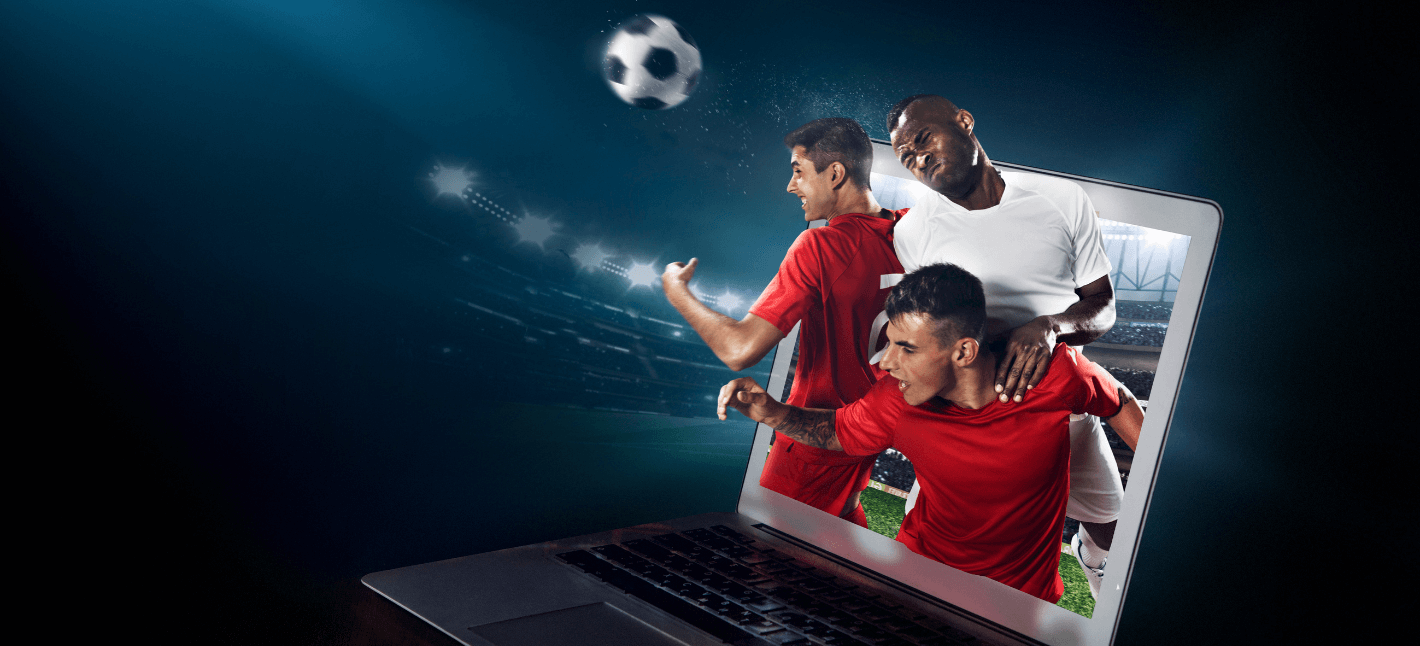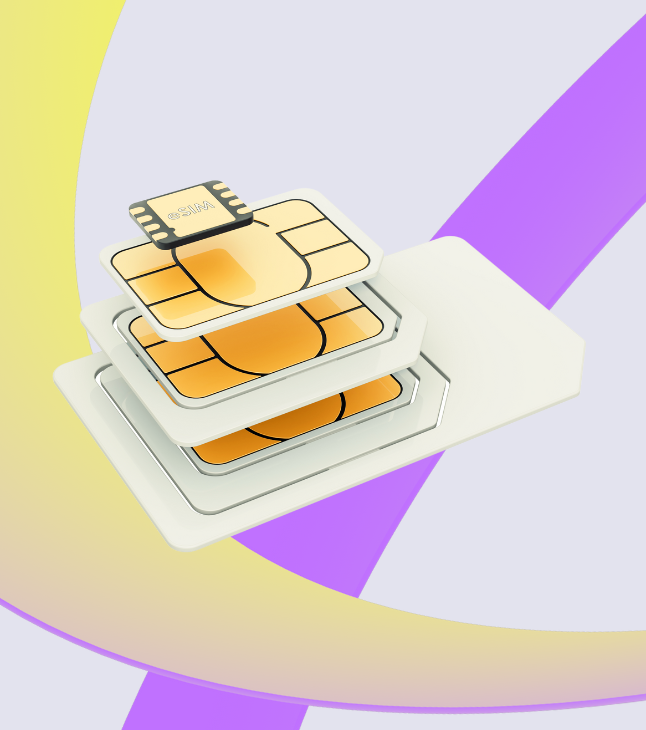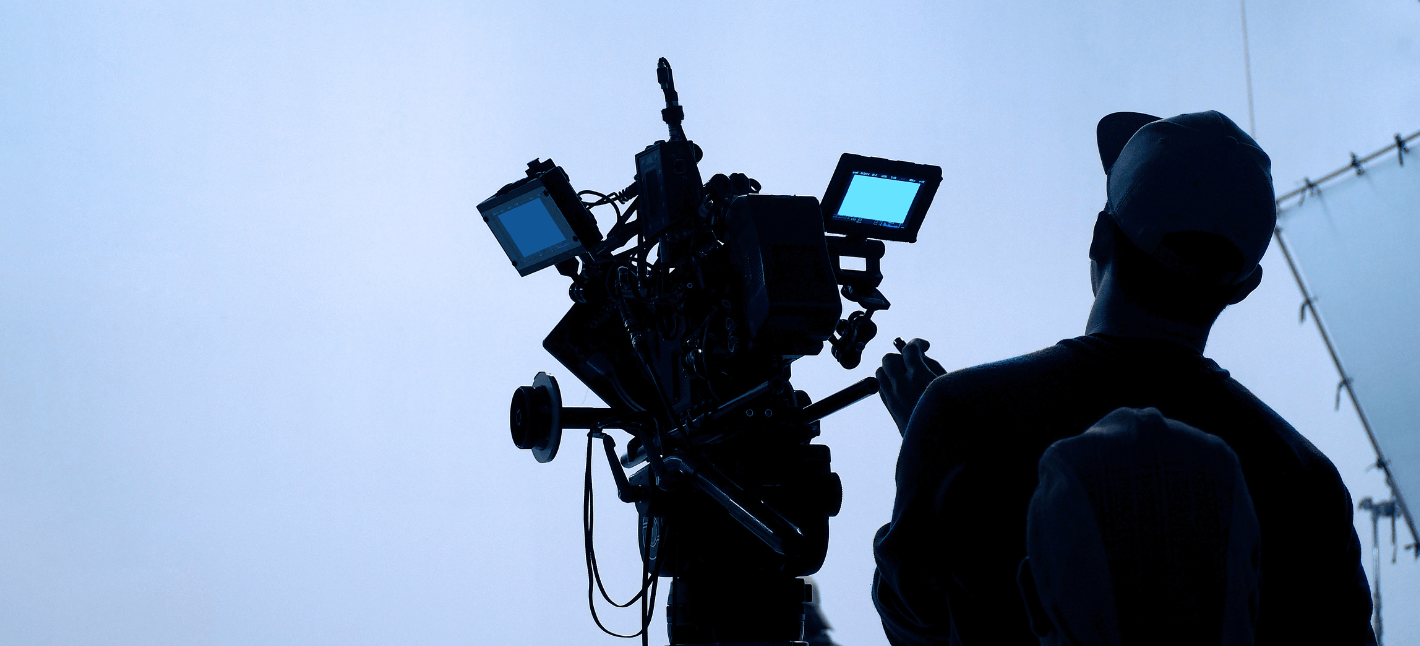Live sports broadcasting has been evolving recently because of combined pressure on various fronts. To name a few: competitive industry, new platforms, new forms of content, and technological disruptions all play a role in transforming the sports broadcasting experience for the viewers.
Technological advancements such as drones, Artificial Intelligence, Augmented Reality, the Internet of Things (IoT), and cloud-based video delivery networks have transformed the entire outlook on Live Sports Broadcasting. Sports fans expect detailed information, seamless viewing experiences, and instant information about their favorite sports or teams – when they don’t get it from one channel, they will quickly find another. In this article, we will dive into the topic of how IoT in Live Sports broadcasting is changing Sports Fan engagement.
How is IoT technology used in live sports broadcasting?
IoT (Internet of Things) has transformed the live sports broadcasting industry. IoT in sports events can present a handful of new features and functions, zooming in on the game from every angle. Some of the ways IoT is transforming the LIVE broadcasting industry is by improving fan experience through athletic performance tracking, analyzing game conditions, real-time game statistics, immersive & interactive fan experience, and even automating broadcasting camera control (if you want to know more about how Freeeway is supporting remote productions using cellular bonding for live broadcasting with our IoT connectivity).
A handful of IoT sensors, connected IoT devices, and IoT network communication can create smart stadiums to capture every detail of the game, from the speed to the positioning of players. It can also track athletes’ vitals and health parameters to analyze player performance.
IoT connectivity provided by IoT SIM cards attached to the devices – can collect all the data through wireless IoT sensors and allow deeper insights for broadcasting and processing. This transforms the fans’ viewing experience, where they can almost experience every game aspect. Furthermore, IoT created an interactive experience through Augmented Reality and Mixed Reality we will talk later in this blog post more on both of those aspects.
Examples of IoT-powered live sports broadcasting projects
While IoT-powered live sports broadcasting is a fresh trend, here are some of the example projects of IoT in the game:
- Seamless video streaming through a Content Delivery Platform
- Capturing insights about player performance
- Sharing live scoreboard and statistics of the game
- Interactive watching experience for the fans
- Dynamic control of video capturing and transmission
→ Interested to know more? Click here to learn “How Broadcasting Industry can Leverage IoT for Cellular Bonding”

Advantages of IoT in Live Sports Broadcasting
IoT helps make sports broadcasting improve fan engagement by sharing insights for viewers at home. At the same time, it also eases the job of broadcasting networks through better operational and video-delivery infrastructure. With IoT smart technologies, watching a game can be an interactive and insightful experience for fans where it is not limited to watching. Still, they can also involve themselves with the exact situation on the ground.
Player IoT tracking and performance analysis
IoT makes implementing remote sensors in different parts of the game easier to gain deeper insight and traceability. In addition, wearable devices allow a more profound outlook on player tracking and performance and deliver some exciting statistics to sports fans, Sports Physicians who care for individual players’ growth and improvement, and lastly, to the team Coaches who, with the IoT data provided can change their game strategy based on the individual players’ results.
IoT-powered real-time scoreboards and statistics
With IoT-based sports broadcasting, one can better record and report live statistics to users. On top of sharing the scoreboard, IoT also simplifies connecting various areas of the game to central network connectivity. Ensure that users can have a complete and real-time experience.
Interactive fan experiences, IoT & Augmented Reality (AR)
IoT in sports stadiums can help transform the viewing experience for users at home. Augmented Reality (AR) and Virtual Reality (VR) can now recreate sports events comprehensively and interactively for viewers. With cellular bonding, every game event can be examined, projected, and explained to fans much better.

AR, VR, MR, XR, and IoT in Sport
To explain better how different kinds of “reality” can influence the sports industry with the power of IoT connectivity and one (or a few) simple M2M SIM card:
Augmented Reality & IoT Connectivity Real-Life Examples:
Augmented Reality (AR): a view of the real world—the physical world—with an overlay of digital elements.
Imagine you’re at a baseball game and, by using your smartphone’s camera, you can see player stats and other game information overlaying the live action. With IoT sensors, AR could even show you how fast the ball travels or provide a replay of a great play from multiple angles.
Mixed Reality & IoT Connectivity Real-Life Examples:
Mixed Reality (MR): a view of the real world—the physical world—with an overlay of digital elements where physical and digital elements can interact.
Picture yourself at a basketball game and, using an MR headset, you see virtual players interacting with the real ones on the court. With IoT sensors, the MR experience could also adjust the virtual players’ movements based on real-time data, as the player’s heart rate, speed, and distance traveled.
Virtual Reality & IoT Connectivity Real-Life Examples:
Virtual Reality (VR): a fully immersive digital environment.
Envision yourself at a football game and, using a VR headset, you feel like you’re on the field with the players. With IoT sensors, VR could enhance the experience by simulating the physical sensations of being tackled or feeling the wind in your face as you run for a touchdown.
Extended Reality & IoT Connectivity Real-Life Examples:
Extended Reality (XR): an umbrella term that covers all these different technologies, including AR, MR, and VR
Imagine being a sports fan who can’t attend the game in person but still wants to feel like they’re part of the action. With XR, the fan could use IoT-enabled devices to track real-time data and receive a personalized and interactive experience, like receiving game highlights or alerts when their favorite player makes a big play. The XR experience could also adjust based on the fan’s location, time zone, and other preferences to provide the most engaging and enjoyable experience possible.
Impact of IoT on the Sports Industry and Fan Experience
The sports broadcasting industry can take the entire fan experience up a notch. IoT improves traditional sports entertainment with deeper insights, better connectivity, real-time statistics, and interactive augmented events. A good connectivity partner would offer a seamless network globally while also offering an easy connectivity management platform.
IoT Solutions for Professional Sports & Live Broadcasting
As the sports and live broadcasting world continues to evolve, Freeeway stands at the forefront, offering cutting-edge IoT connectivity solutions designed to revolutionize how sporting events are experienced and broadcasted. With our state-of-the-art IoT SIM card, we provide the best solution for seamless connectivity, ensuring the strongest signal worldwide. Whether you’re a sports organization, media broadcaster, or event producer, Freeeway empowers you to unlock the full potential of IoT technology, enabling you to connect to over 680 networks. Experience a new era of immersive sports coverage and live broadcasting with Freeeway.
Contact Freeeway to get the free IoT Connectivity offer for your smart media devices
Your form entry has been saved and a unique link has been created which you can access to resume this form.
Enter your email address to receive the link via email. Alternatively, you can copy and save the link below.
Please note, this link should not be shared and will expire in 30 days, afterwards your form entry will be deleted.



